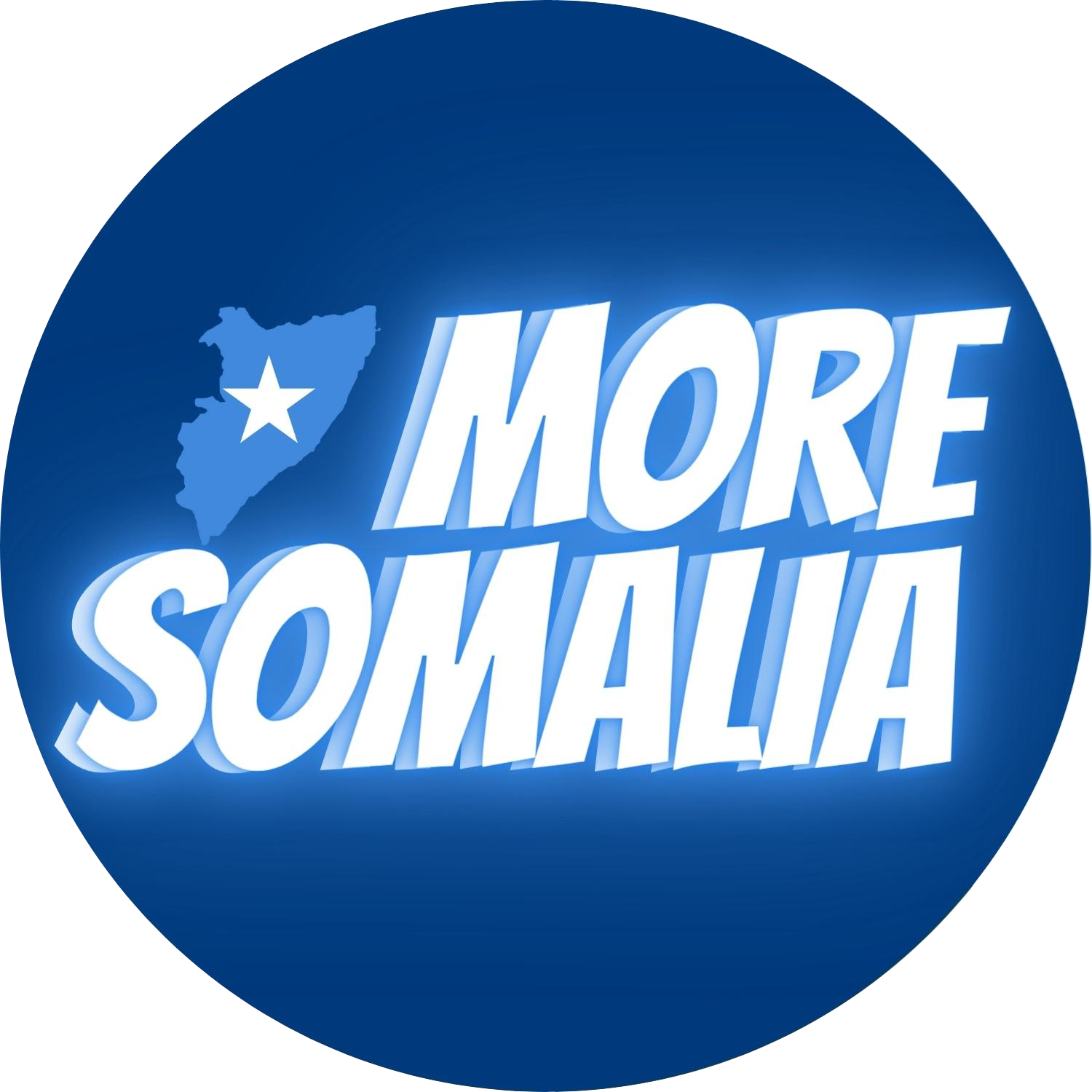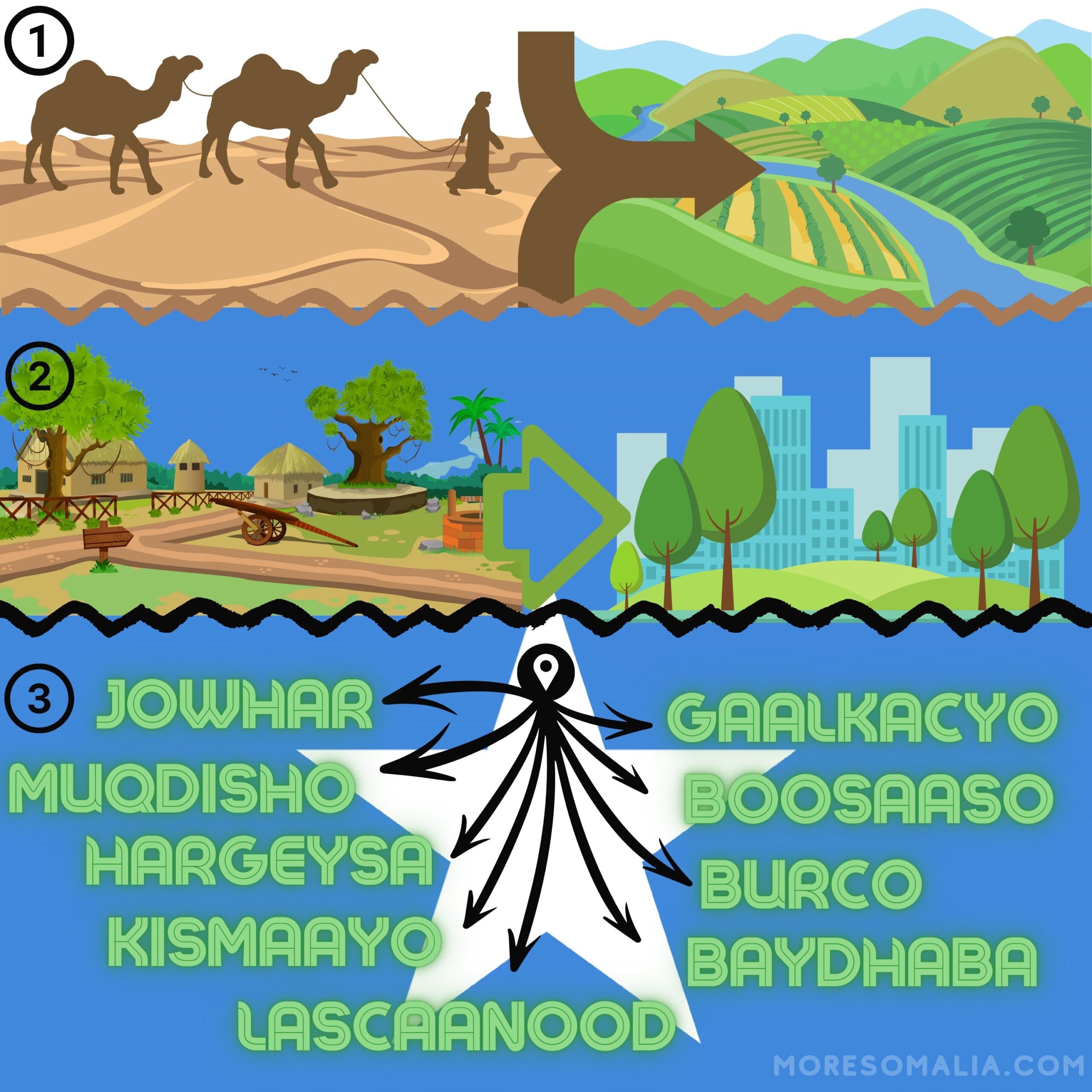For a long time, Somalia has been considered a fragile state. Since the Somali Civil war broke out in the 1990s the country has faced many issues. It often ranks at the extreme end of poverty, corruption, mortality, and safety statistics. The consequence has been a country divided based on clanship (also known as tribes) and without proper political centralization. Clans are ancestry-based divisions of the Somali people and each one has historically belonged to a specific region. Among Somalia’s many challenges, clan-related issues are among the root causes of Somalia’s fragility. While providing protection to the individuals and their families locally, hostility between clans makes it unsafe to wander freely around in the entire country.
This is ironic, since Somalia is often described as one of the most homogenous countries composed mainly of 1 ethnic group with the same ancestry, language, religion, culture, and appearance – The Somali people. Abroad, you can spot a Somali from a mile away.
Various militias and terrorist organizations have tried to take advantage of this fragility by causing more chaos and trying to seize control. This sets the perfect scene for corruption, conflicts, and conspiracies.
Meanwhile, the inspirational aspect in all of this is the Somali spirit. Despite a constant stream of bad news, Somalis remain hopeful and fight for a better future. A Somali future with economic prosperity, complete safety, freedom of movement, religious freedom, equal access to education, and wide inclusion in all of the Somali-inhabited regions. To get there, we can draw inspiration from the 60s-80s when Somalia was regarded as one of the more successful countries on the African continent. A time, where there was more unity than today.
So how do we unite the Somali population and develop the country so there is no more politically-caused hunger and war?
By mixing up the population? By promoting urbanization? By creating national industries? By increasing education, job opportunities and wealth? By starting with those suffering the most? And how has other countries done it in the past?
In the next three articles, we will dive into each of these topics, starting from the beginning:
- The settling of the nomads
- Urbanizing and industrializing Somalia
- The mixing of the Somali population

We hope, to paint a realistic picture of how we want the Somalia of the future to look like with settled nomads, urbanized population and industrialized cities, and lastly eliminated clan centric regions.
The first article in this series will be out soon, in Sha Allah.

